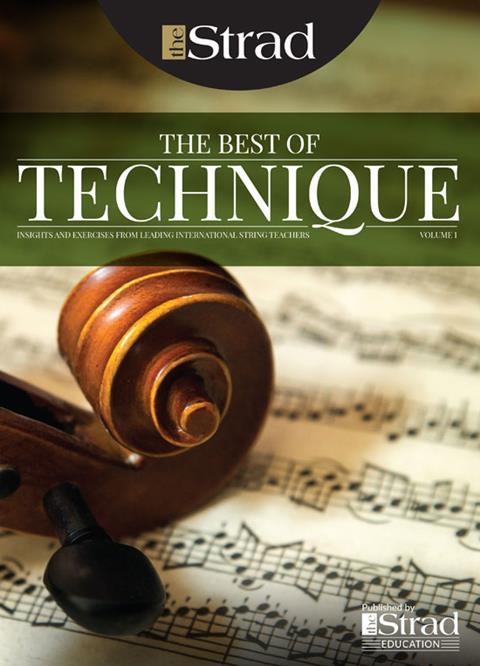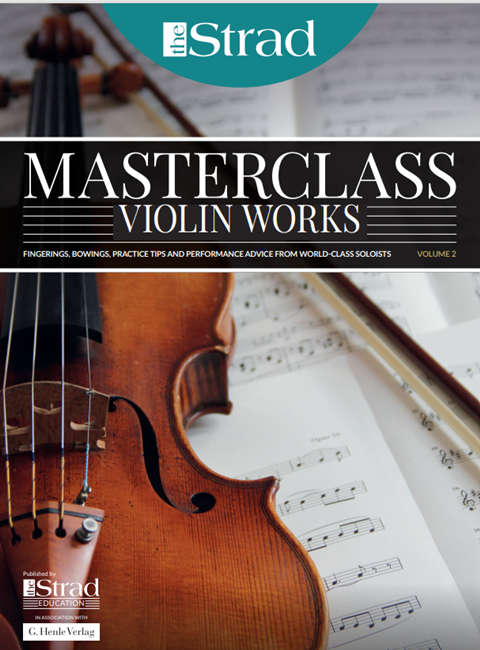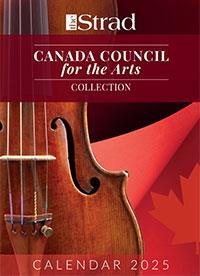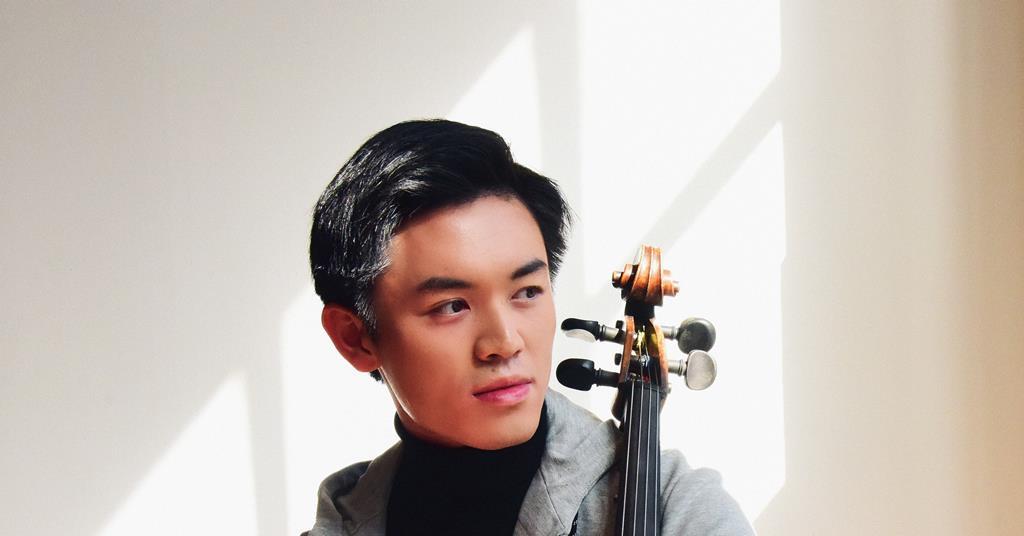Discover more Featured Stories like this in The Strad Playing Hub
Monday – Old Friend, New Adventure
I arrive in Brisbane, Australia after a short flight from Sydney, where I’ve been home for the past few weeks – a welcome stretch of consistency after the first half of the year abroad. I’ve spent the last week intensively preparing the Saint-Saëns Cello Concerto No. 1, which I’ll perform with the Queensland Symphony Orchestra. It’s the first concerto I ever learnt, at around 11, and revisiting this old friend reminds me how complete and charming a piece it is.
Soon after arriving, I warm up ahead of a meeting in half an hour with maestro Umberto Clerici, where we will go through the work together. I notice the string height above the fingerboard is unexpectedly high due to the humidity, so my focus shifts to maintaining a relaxed left hand and finding resonance from the right arm without overpressing. The meeting with the maestro, a first-rate cellist himself, is both productive and assuring. It’s invaluable working with a conductor who understands the piece’s challenges from my perspective, and we exchange ideas on pacing and phrasing ahead of tomorrow’s first rehearsal. I carry those thoughts into the practice room, review a few potential challenges concerning ensemble, and call it a day.
Tuesday – First Rehearsal
After turning up the AC overnight to bring down the humidity, the string height is more manageable now. I begin the day with my usual warm-up routine. It’s evolved over the years, but for the last few months I’ve found it helpful to find a tonic note and survey all of its arpeggios with their inversions – today, it’s E-flat and A. I use a metronome and play five notes equally across four beats and vice versa. In this entire process, I try to stay clinical with the left hand and just observe how each shift lands. Afterwards, I move on to a Cossmann exercise that’s only been part of my routine more recently. I find that it not only builds strength but also gets the fingers warmed up pretty efficiently.
At our first rehearsal, maestro Clerici and I agree that it would be helpful if I face the orchestra rather than the hall. It’s not the most comfortable position to play from, but it allows us all to hear and fit into each other better. During the second theme of the first movement, maestro stops conducting altogether and encourages the orchestra to lock in with me as if we are playing chamber music. The run goes well, and after ironing out a few sections, we establish a strong understanding of each other. It’s heartening to hear the orchestral part brought to life by such a warm and committed group of musicians, and I feel completely at home. Later, I explore the nearby area before spending the rest of the day on the Chopin Cello Sonata, which I’ll perform in a few weeks’ time.
Wednesday – Fourths, Fifths, and a Flight
After squeezing in a quick morning practice, I head to the airport with the orchestra for our trip north to Gladstone. On the plane, I listen back to my recording of yesterday’s rehearsal, noting areas for improvement and looking over the score for further inspiration. Once we arrive, I spend the afternoon road testing ideas from the flight, with a focus on projecting stronger characterisations in certain phrases. So much of this concerto is built on the intervals of fourths and fifths, and I experiment with capturing the spirit of each recurrence more meaningfully.
After dinner with maestro and others on the tour, I work on pieces for my next recital. With tomorrow mostly free, I figure it’s good timing to revisit the Chopin and defrost parts of the Shostakovich sonata. Using a practice mute, I’m mostly doing groundwork – bowings, fingerings, and mechanics without pushing the sound much.
Thursday – Acclimating
The morning is cello-free, spent walking around Gladstone’s town centre. When I return, I’m back into the Saint-Saëns, working on the triplets in the opening to maintain tension and rhythmic integrity throughout each gesture. Despite its Romantic language, the piece’s Classical backbone requires a certain architectural clarity, so I refine the tempo relationships with that in mind.
In the evening, we rehearse at tomorrow’s outdoor concert venue. My initial focus is getting used to the external environment and the microphone, but once acclimated, it feels freeing to play knowing the sound will carry effortlessly. The orchestra and I gel even better today, building on our first rehearsal. Later, I make a preliminary reading of the Shostakovich Second Piano Trio, which I’ll soon perform on tour – an entirely different world from the Saint-Saëns!
Friday – Playing Under the Stars
Today brings the first of two concerts this week. I start the morning with my daily warm-ups again, trying to give this part of the practice more space than usual. In the past, I’ve rushed through this process, leaving me uneasy at times. In the afternoon, I review key passages in the Saint-Saëns before taking a quick nap, something I try to do before a concert if the schedule allows. After a light dinner, I head to the venue and it’s showtime.
Overall, the performance goes quite smoothly, and I’m happy with how it all went. Outdoor concerts come with unpredictable factors – a gust of wind, chilly air, or background noise for example. Even so, I tried my best to stay focused on the music and on the wonderful opportunity to share it with a large crowd of all ages and walks of life.
Saturday – Regrouping
The schedule is clear today, so after an early flight back to Brisbane, I take time to reflect on last night’s performance and refine a few areas. For instance, the second movement’s opening could have carried more simplicity, with more sparing vibrato and smoother right hand work. I also find a better solution for a fingering choice at the very end to address some unexpected fatigue that surfaced. That said, I’m careful not to overthink or fall into unproductive, stress-induced practice. At this stage, preserving freshness is most important, so after going through a few passages again, I put the cello down early. The rest of the day is spent regrouping for tomorrow’s final concert at QPAC Concert Hall.
Sunday – Concert Day
A good sleep leaves me in a solid headspace for today’s morning concert. I do a condensed warm-up to get blood flowing in my hands before heading to the hall for our 10am soundcheck. The acoustics are inviting and I’m inspired by the homogeneity in the orchestra’s sound. We run through the first movement and the start of the second, check for balance, and get the all-clear.
The performance delivers more adrenaline than expected, which keeps me alert and on the front foot. There’s a strong sense of chamber music-making and the chemistry developed throughout the week with both maestro Clerici and the orchestra, who have been such ideal collaborators, enables us to respond freely to each other in the moment. The audience is warm and present, and the whole experience feels like a rewarding culmination of the week’s work. With that, I leave feeling fulfilled and ready for the next adventure.

In The Best of Technique you’ll discover the top playing tips of the world’s leading string players and teachers. It’s packed full of exercises for students, plus examples from the standard repertoire to show you how to integrate the technique into your playing.

In the second volume of The Strad’s Masterclass series, soloists including James Ehnes, Jennifer Koh, Philippe Graffin, Daniel Hope and Arabella Steinbacher give their thoughts on some of the greatest works in the string repertoire. Each has annotated the sheet music with their own bowings, fingerings and comments.

The Canada Council of the Arts’ Musical Instrument Bank is 40 years old in 2025. This year’s calendar celebrates some its treasures, including four instruments by Antonio Stradivari and priceless works by Montagnana, Gagliano, Pressenda and David Tecchler.
